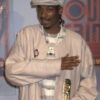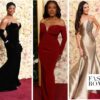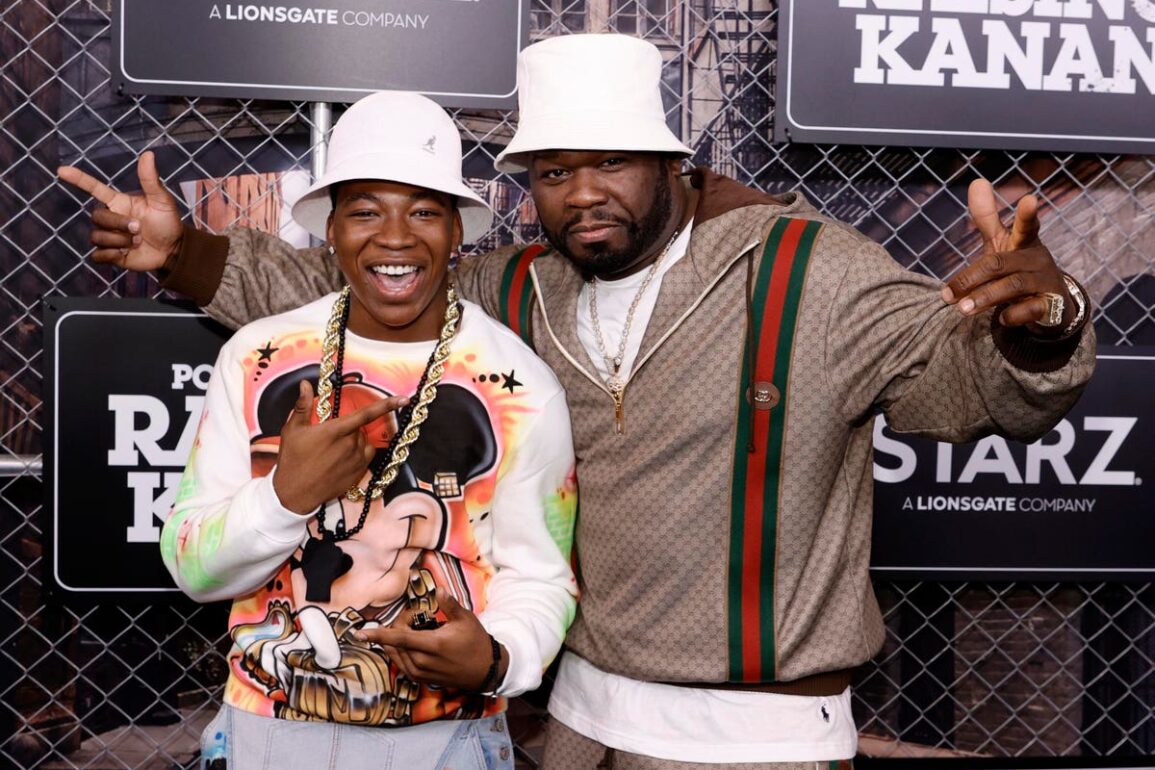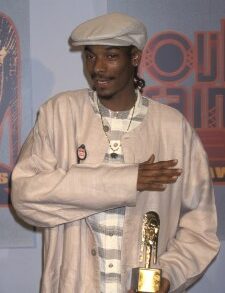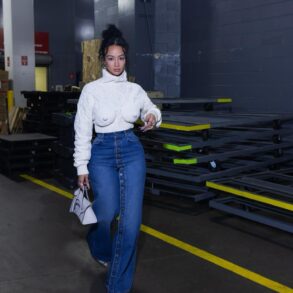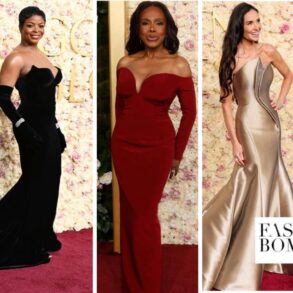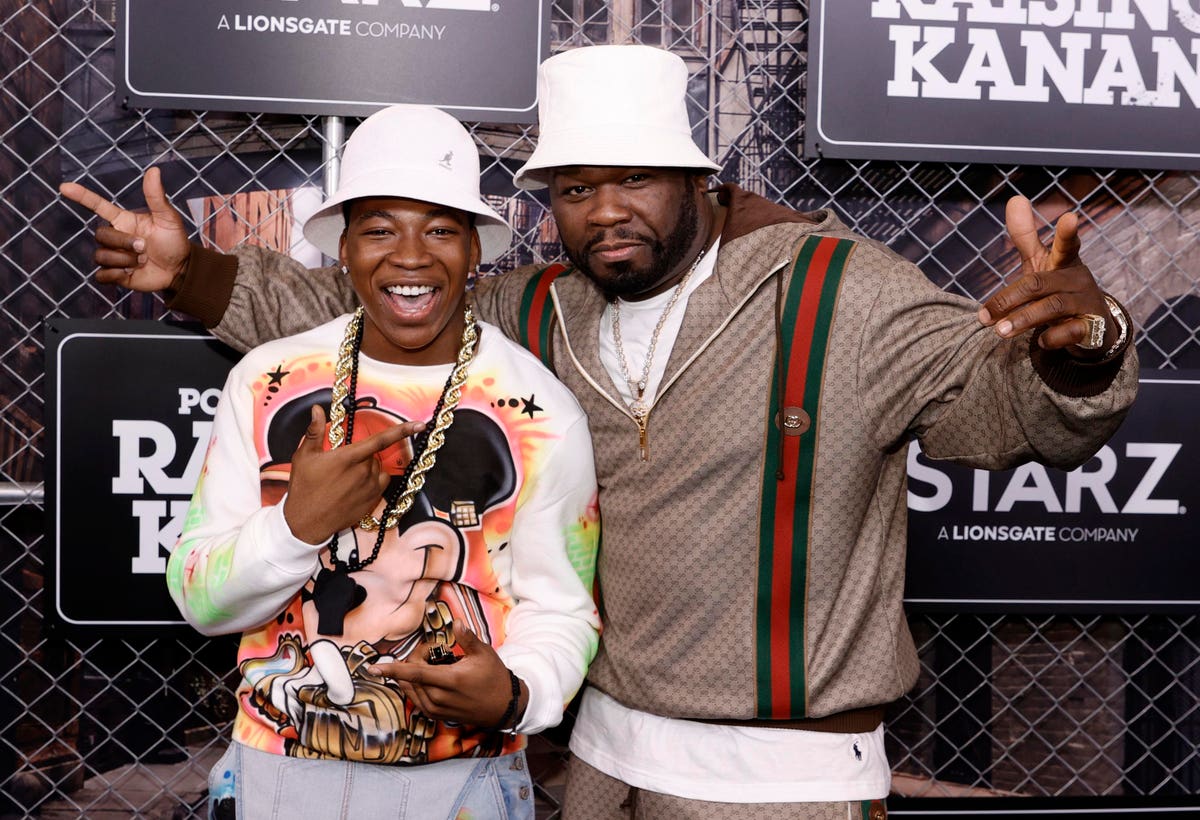
Bollman Hat Company makes its home in a non-descript brick factory building on Main Street in Adamstown, PA, a village of 2,000 residents about midway between Philadelphia and Harrisburg. Founded in 1868, Bollman has the title of being the country’s oldest hat company and is among the longest continuously operating consumer products company in the U.S.
But it’s not resting on its laurels. Bollman recently acquired a 51% controlling stake in Kangol, a streetwear favorite, from U.K.-based Frasers Group for $21.4 million.
Bollman has a long history with Kangol, having licensed, distributed and manufactured it since 2001. And now, given Bollman’s controlling interest and expertise in the hat business, Kangol will get the attention it deserves, rather than being a rounding error on the $6.8 billion Frasers’ balance sheet.
“We love to own the brands we sell, rather than license them,” Don Rangione, Bollman CEO and now chairman of Kangol, shared with me. “Until now, we’d been sharing our design direction for Kangol, but didn’t have the full responsibility under the former ownership. As the brand owner, now we have the opportunity to drive strategy to give it a cohesive lifestyle connection with its audience.”
Hat Revival
Bollman Hat Company that manufactures Kangol hats in Adamstown, PA. (AP Photo/Matt Rourke)
Despite its modest appearance, Bollman has an international presence, distributing products across four continents and in more than 70 countries. It answers a growing need for headgear, as the New York Times
NYT
While baseball caps are ubiquitous, they only provide a shield from the sun in one direction. That’s where red-necks come from. So people needing more protection, as well as those looking for a more stylish profile, are opting for proper 360-degree headgear, and Bollman’s got them covered.
It’s already expert at covering heads through Hats.com and its Bailey and female-facing Helen Kaminski brands, plus four others and private labels.
“We attempted to buy Kangol intellectual property and all of its operating assets back in 2001, then 9/11 happened, and it was difficult to get financing for the deal. Now we got the chance to propose the concept again, and we were able to pull it off,” Rongione said.
Origins Of Kangol
Kangol’s roots go back to 1918 when WWI veteran Jacques Spreiregen returned to England to import Basque berets from France, where he grew up. The company officially became Kangol in 1938 with its moniker said to have derived from knitting (K), angora (ANG) and wool (OL).
Formal headwear and berets were its signature look until 1954, when a new casual Kangol cap design was introduced. Its range continued to expand with Pierre Cardin and Mary Quant
QNT
American hip hop band Run-DMC, circa 1985. (Photo by Michael Ochs Archives/Getty Images)
Over the years, people kept asking for the “kangaroo” hat, confused by the brand name, so in 1983, the company put an end to the confusion by adopting the signature kangaroo logo. And that helped supercharge the brand as it was adopted by hip-hop artists, like LL Cool J and celebrities such as Samuel L. Jackson. Eminem and Ludacris.
“Kangol has been in the game since forever,” said Highsnobiety’s Nigel Minani. “They were born in England but raised in New York, the ultimate birthplace of streetwear. This makes it one of my favorite brands ever, and places it next to key players like the Nike’s
NKE
Next Steps
Now with Bollman taking charge, one of its first priorities is to rein in the extensive Kangol licensee list to eliminate partners that don’t fit and bring on new ones that match the lifestyle and quality image it wants to nurture. A possible eyewear license is under consideration, and it is scouting for new brand-appropriate apparel licensees.
“We have a lot of licensees that we’ve moved on from,” Kangol managing director Sean McCabe said. “We are starting with a clean slate, anchored by headwear, which is the cornerstone of the brand, and looking to evolve into other product categories that can be a touchstone to our vision, always keeping our global markets in mind.”
He notes that Kangol has proven extremely popular in Japan, Korea, Taiwan, Hong Kong and China, each with its unqiue style codes to meet and distribution strategies to maneuver. Currently, it sees Italy as a market that could absorb two or three Kangol shops.
Bags and backpacks have secured a lasting place in the Kangol lineup for adults and kids. The company boasted Kangol backpacks have taken over as the number one backpack brand in Korea, being sold in Kangol kid shops as well as 150 outlets including department stores and shop-in-shops.
Kangol currently has some 1,800 distribution partners worldwide and Bollman will be leveraging those to grow the headgear and the other product categories in the works.
Riding Fashion’s Ups And Downs
One of the secrets to Bollman’s survival is it is a 100% employee-owned company through an Employee Stock Ownership Plan, so everyone from the factory floor to the board room can own a piece. And it just acquired a wool dyeing and drying equipment operation from G.J. Littlewood to support its manufacturing needs and provide wool dyeing for other companies.
Besides distributing products to major retailers and independents, with the company estimating there are some 2,200 men’s and women’s haberdashery shops in the U.S, Bollman also operates the Hats.com, BaileyHats.com, HelenKaminshi.com and Kangol.com websites.
As Bollman sees Kangol’s streetwear vibe as key to its future, it’s been meeting the headwear needs of consumers for more than 150 years. It used to be every well-dressed American man or woman didn’t leave the house without donning a hat. They were more than just fashion, but a status symbol. Then over the years, hats fell out of favor.
Now, headgear has taken on new meaning as a personal style statement on the one hand and being a practical sun shield on the other. Kangol fits both needs well, but so do all the other Bollman brands.
“We’ve strategically put together a portfolio of brands that are very different from one another,” shared Rongione, pointing to its Bailey Western cowboy hats that are taking advantage of the Yellowstone trend and Helen Kaminski, an Australian brand for outdoor womenswear. Kangol now brings it to the city street.
“We’ve intentionally grown the company so we don’t have all our eggs in one basket. When one brand is up, another might be down. Our diversified portfolio has served us well. Fashion goes through cycles, and we’ve learned how to ride those cycles out,” he concluded.
This post was originally published on this site be sure to check out more of their content.

